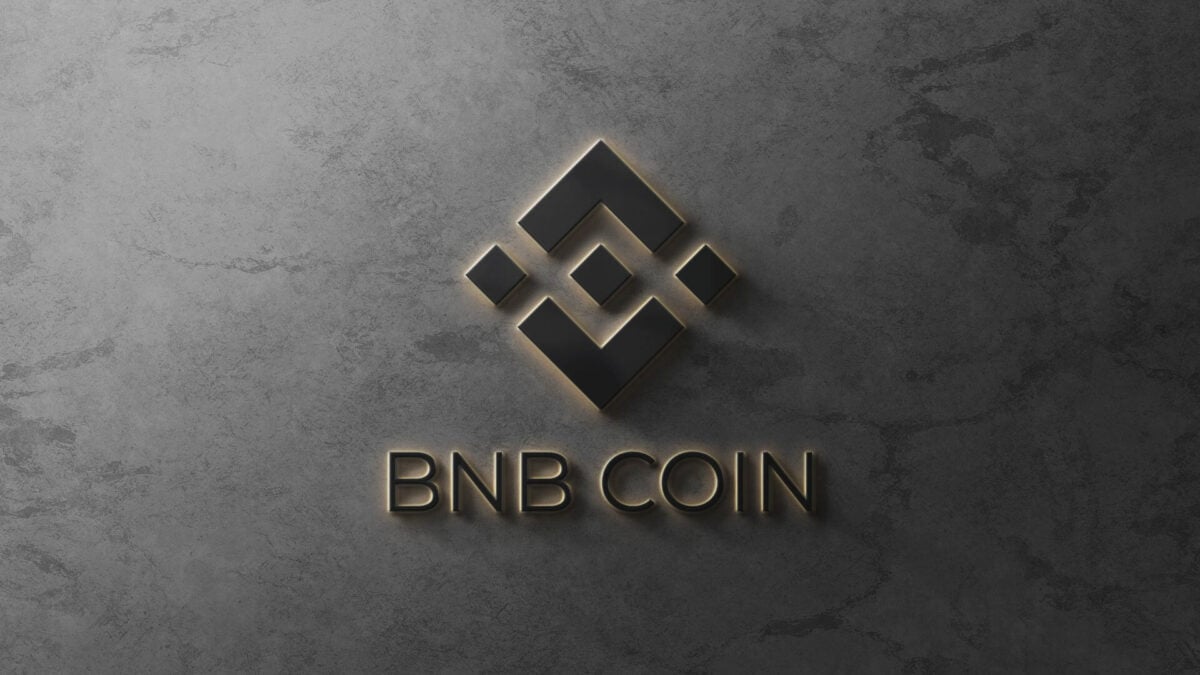TLDR
-
Meme Rush shakes up meme coin launches with structure—and volatility.
-
Binance’s Meme Rush gives verified users early access to viral tokens.
-
BNBHOLDER booms, then dips, as Meme Rush drives massive chain activity.
-
Meme Rush brings fairness to meme tokens—but stirs rapid capital shifts.
-
New Meme Rush launchpad fuels frenzy, leaving older meme coins behind.
Binance Wallet has officially introduced Meme Rush, a structured launchpad for early-stage meme tokens built with Four.Meme. The initiative aims to create a more transparent, fair, and bot-free environment for trading high-potential meme coins. Meme Rush offers verified users access to new meme tokens before public exchange listings, reshaping how these assets enter the market.
BNBHOLDER Rallies Then Retraces
BNBHOLDER became one of the first tokens to launch under the Meme Rush platform, attracting massive attention within minutes. The token surged rapidly, reaching a $169 million market capitalization and generating $160 million in volume within an hour. Its sharp rise was followed by an abrupt pullback as liquidity shifted across the BNB Chain.
Many participants experienced quick reversals as capital flowed out of older meme tokens. The BNB Chain witnessed over 33,000 new tokens and $10 billion in daily volume during the Meme Rush debut. However, this high activity came at the cost of stability for previously launched coins.
Traders reacted swiftly, with some welcoming the volatility and others warning of rapid capital rotation. This mixed response highlighted both the potential and pitfalls of concentrated meme token launches. The Meme Rush mechanism, while innovative, introduced rapid shifts across the ecosystem.
PUP Struggles Amid Market Overload
Another token, PUP, struggled during the Meme Rush launch window as liquidity migrated toward newer releases. The token initially showed promise but failed to maintain momentum after the launch of several high-profile competitors. Traders noted that established tokens like PUP were left behind amid the rush.
PUP’s performance underscored how Meme Rush drained interest from earlier meme assets almost instantly. As focus shifted to tokens in the “New” and “Finalizing” stages, older coins lacked trading support. The system rewarded real-time activity but offered little sustainability for previous projects.
Meme Rush’s bonding curve pricing model and virtual liquidity pools supported new tokens but left earlier ones vulnerable. Real-time data inside the Binance Wallet app continued to favor fresh launches. This created a loop where newer tokens gained visibility at the expense of others, such as PUP.
Meme Rush Brings Structure But Stirs Volatility
Meme Rush operates through a three-phase lifecycle—New, Finalizing, and Migrated—to control the meme token launch process. During the first two stages, only verified Binance Wallet users can access or trade the assets. Once a token reaches specific milestones, it enters the Migrated phase and becomes fully tradable.
This structure ensures a controlled rollout with bonding curve pricing, eliminating bots and providing real users with early access. The exact mechanism unintentionally caused liquidity to flow rapidly away from established tokens. As newer coins emerged, older tokens lost relevance and support.
Meme Rush introduces features like Alpha Points to incentivize participation, offering bonus rewards tied to trading activity. These points may lead to future token listings on Binance Alpha, although final listing decisions remain with Binance. While the launch was strategic, it revealed how quickly sentiment can shift in the meme market.
Binance confirmed that Meme Rush is optional and requires user verification, adding transparency and compliance to the process. While some users welcomed the new model, others advocated for adjustments to mitigate sudden capital swings. As meme coin trading evolves, Meme Rush stands as a bold attempt to bring clarity to a chaotic space.






